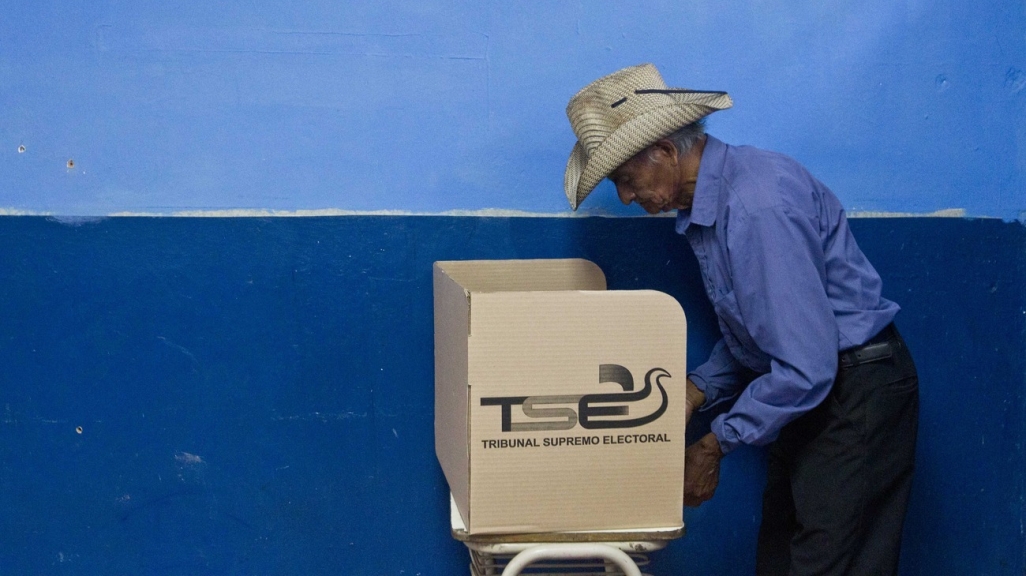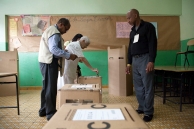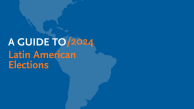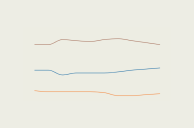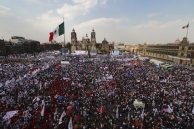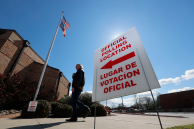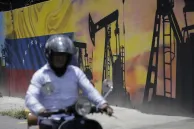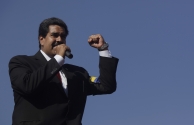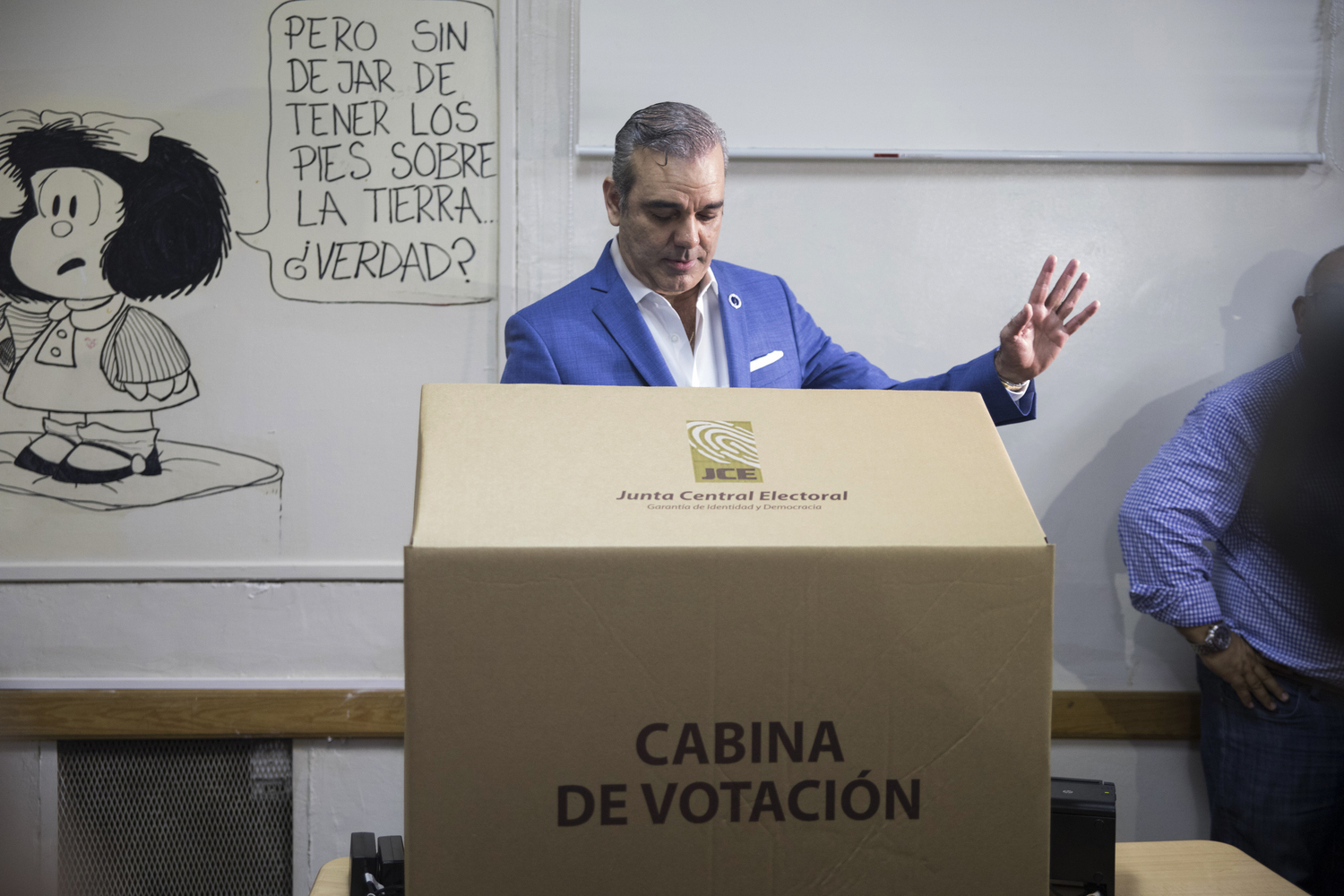2024 Elections in Latin America: A Preview
2024 Elections in Latin America: A Preview
The Dominican Republic, El Salvador, Mexico, Panama, Uruguay, and—probably—Venezuela will pick presidents while Latinos will help decide the U.S. outcome.
This article was updated on January 10, 2024 to include a newly announced Mexican presidential candidate.
Worldwide, 2024 is being called the year of elections, with more than 60 countries holding elections. Latin America will be represented among them, with the Dominican Republic, El Salvador, Panama, Mexico, and Uruguay scheduled to choose new presidents. Venezuela is also expected to hold a presidential election, though the date was undetermined at the time of publishing. Other countries, such as Brazil and Chile, will have municipal votes. On top of all, the United States will hold a presidential race in which Latino voters will play a pivotal role.
What can we expect from the region’s voters this year? Will the next round of elections buck the region’s anti-incumbency trend? AS/COA Online looks at 2024 national elections in countries holding presidential elections.
El Salvador, México, Panamá, R. Dominicana, Uruguay y, probablemente, Venezuela, elegirán presidentes. Y en EEUU, los hispanos serán electores clave.
AS/COA covers 2024's elections in the Americas, from presidential to municipal votes.
Claudia Sheinbaum, Xóchitl Gálvez, and Jorge Álvarez Máynez are competing for the presidency. See polls ahead of the June 2, 2024 election.
Get the latest updates on developments in the country's June 2 elections for president, legislators, governors, and more.
UnidosUS' Clarissa Martínez De Castro and The Washington Post's Sabrina Rodríguez cover issues motivating the voting bloc heading into the U.S. midterms.
The Baker Institute’s Francisco Monaldi covers what Washington’s plans for sanctions relief means for Venezuela’s oil sector and 2024 elections.
"The fundamental issue is political survival, not conquest," writes AS/COA's Eric Farnsworth in The Spectator about the Venezuelan leader's recent actions.






